JAWS at 50 – The Shark That Changed Cinema and Culture Forever
How Spielberg’s 1975 Masterpiece Reshaped Hollywood and Sparked Global Fear From Box Office Tsunami to Ecological Reckoning – What JAWS Still Teaches Us Today
JAWS – The Bite Heard Around the World
In June 1975, JAWS surfaced into American theaters and changed everything. It wasn’t just a movie—it was a rupture in cinematic history. Steven Spielberg, then only 27, directed a film that would redefine Hollywood’s seasonal rhythms. The story, adapted from Peter Benchley’s novel, centered on a seaside town terrorized by a great white shark. But beneath the surface, it tapped into something deeper—our primal fear of the unknown. Audiences screamed, gasped, and returned for repeat viewings. The film’s success wasn’t just commercial—it was cultural. It reprogrammed how studios thought about summer releases. It introduced saturation marketing and wide-release strategy. It made the ocean feel like a haunted house. It turned sharks into cinematic villains. It created a myth that would ripple through science, policy, and pop culture. Now, 50 years later, JAWS remains a symbol of both innovation and unintended consequence. Its legacy is layered—part triumph, part cautionary tale. Trace how fear became entertainment—and how entertainment became myth. We’ll examine the shark not just as a creature, but as a metaphor. And we’ll ask what the next 50 years might look like—if we choose to learn from the past. Because JAWS isn’t just a film—it’s a cycle.
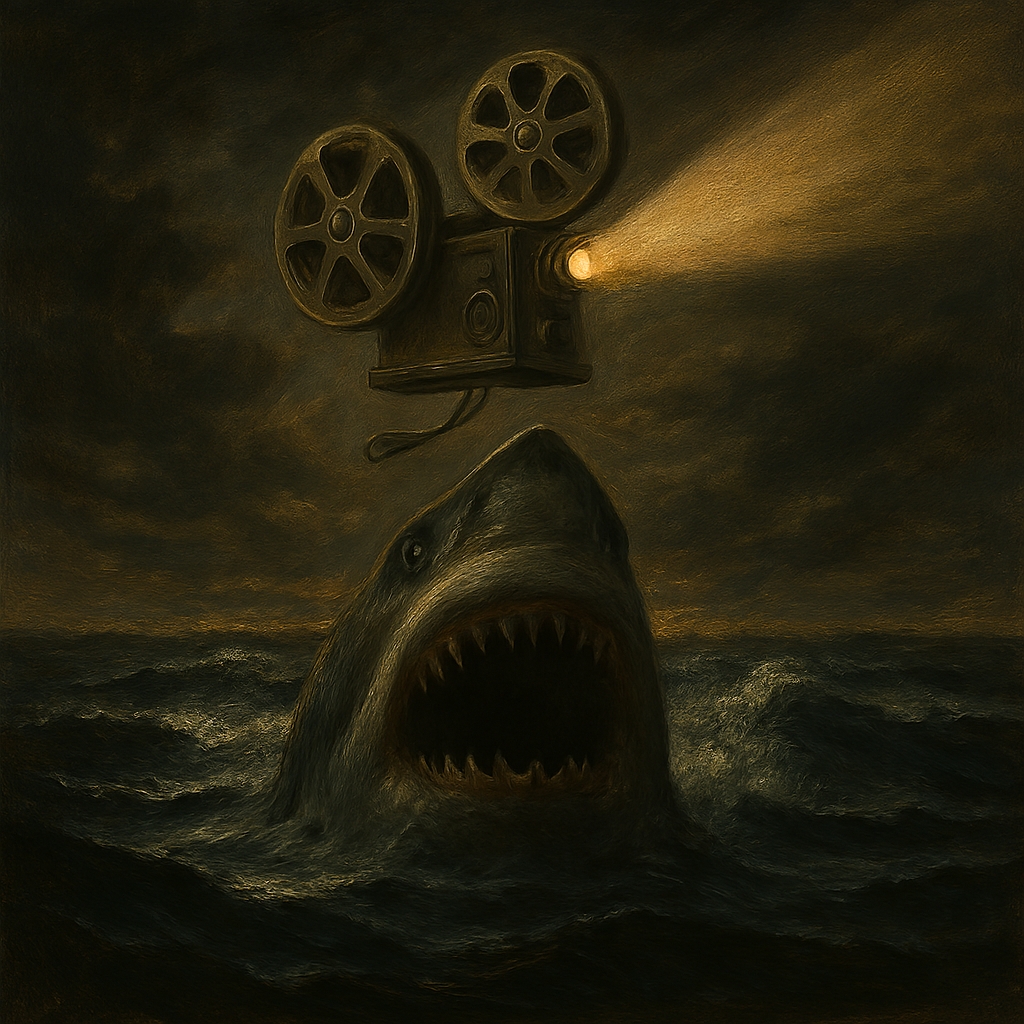
The Blockbuster Blueprint – How JAWS Rewired Hollywood
Before JAWS, summer was a cinematic wasteland. Studios dumped low-priority releases into June and July. Spielberg and Universal flipped that logic on its head. They launched JAWS with a wide release—over 400 theaters at once. They backed it with a massive TV ad campaign, unprecedented for its time. Audiences responded with urgency—lines wrapped around blocks. The film grossed over $470 million globally, a record then. It became the highest-grossing film in history until Star Wars arrived. Suddenly, summer was prime real estate for tentpole films. Studios began designing entire calendars around blockbuster windows. The term “blockbuster” itself gained traction because of JAWS. It wasn’t just about spectacle—it was about strategy. The film’s pacing, score, and structure became templates. Merchandising exploded—shark toys, posters, beach gear. Theaters began upgrading sound systems to match audience expectations. Directors studied JAWS for its suspense mechanics. Marketing teams studied it for its rollout tactics. It proved that fear could be profitable—and prestige. It also showed that genre films could be cultural events. JAWS didn’t just open the door—it blew it off its hinges.
The Score That Stalks You – John Williams’ Sonic Terror Two notes. That’s all it took. John Williams composed a theme that became synonymous with dread. It mimicked a heartbeat—slow, then accelerating. It was minimalist, primal, and unforgettable. Spielberg initially thought it was a joke. Then he realized it was genius. The score won an Academy Award and became iconic. It was used sparingly, which made it more effective. It signaled the shark’s presence even when the shark wasn’t visible. It manipulated audience anticipation with surgical precision. Children hummed it in pools. Adults heard it in their heads at the beach. It became a cultural shorthand for lurking danger. Composers began emulating its simplicity in thrillers. The theme elevated scenes that lacked visual effects. It compensated for the mechanical shark’s limitations. It added psychological depth to the film’s terror. It proved that sound could be a character. Williams’ score didn’t just accompany the film—it haunted it. And it still echoes through cinematic history.
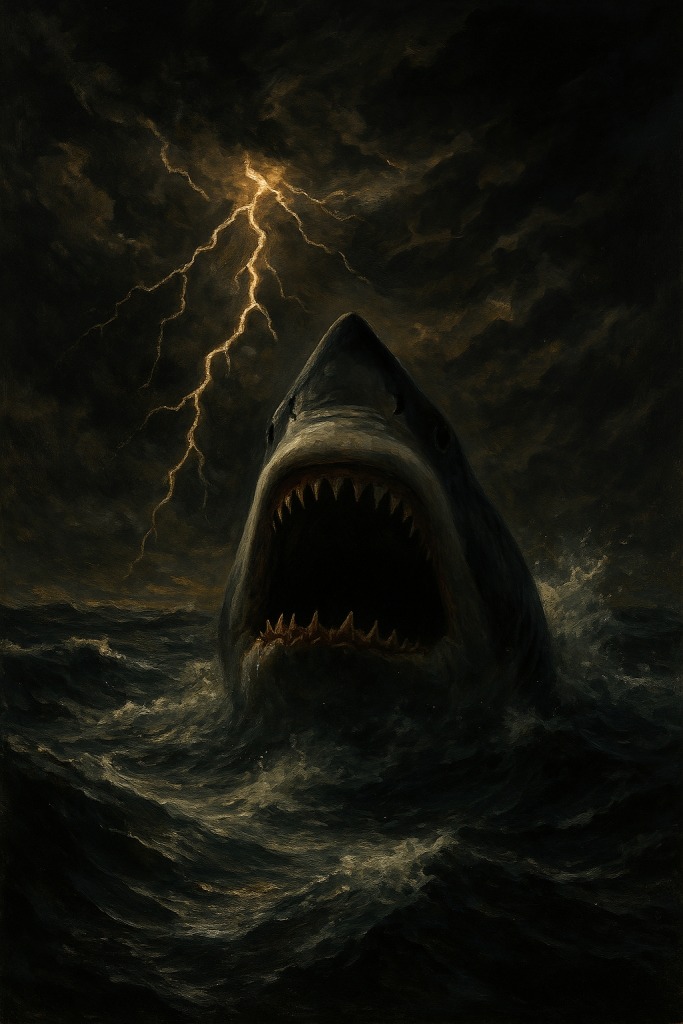
Bruce the Shark – The Mechanical Menace That Made the Movie
Bruce was the name given to the mechanical shark. It malfunctioned constantly during production. Saltwater wreaked havoc on its hydraulics. Spielberg was forced to improvise. He began implying the shark’s presence rather than showing it. This decision created suspense through absence. Audiences feared what they couldn’t see. The “less is more” approach became a thriller staple. The shark finally appears fully in the third act. Its reveal is timed for maximum impact. Bruce’s limitations became creative blessings. The film’s tension was built on suggestion, not spectacle. The crew nicknamed it “the great white turd.” Despite its flaws, Bruce terrified millions. Its design was based on real great whites—but exaggerated. The mechanical nature added uncanny realism. Bruce became a symbol of cinematic perseverance. It influenced animatronics in future creature features. It taught filmmakers to adapt under pressure. The broken shark built a masterpiece.
Fear as Currency – How JAWS Monetized Anxiety
JAWS tapped into primal fears of the deep. The ocean is vast, mysterious, and uncontrollable. Sharks became avatars of that fear. The film used isolation and vulnerability to heighten terror. Point-of-view shots simulated the shark’s perspective. The beach—once a place of leisure—became a site of dread. Audiences projected their anxieties onto the water. The fear was visceral, not intellectual. People reported nightmares and swimming phobias. Beach attendance dropped after the film’s release. The fear spread globally, not just in the U.S. Sharks became villains in media and conversation. The film blurred lines between fiction and reality. It created a mythos around shark attacks. The fear was disproportionate to actual risk. But it felt real—and that’s what mattered. JAWS proved that fear could be cinematic gold. It also showed how media shapes perception. The film’s success was built on emotional manipulation. Fear became a tool—and a legacy.
The Benchley Shift – From Novelist to Conservationist
Peter Benchley who wrote the original JAWS novel and had a quick cameo in this film. He later regretted portraying sharks as villains. Benchley became a vocal advocate for ocean conservation. He believed the film contributed to shark culling. His later works focused on marine education. Benchley’s transformation is a lesson in responsibility. He acknowledged storytelling’s power to shape reality. The novel was darker and more cynical than the film. Spielberg softened characters and added humanity. Benchley’s regret didn’t diminish the film’s impact. It added complexity to its legacy. His journey mirrors society’s evolving views. From fear to fascination—from myth to science. Benchley helped fund shark research. He partnered with conservation groups. His wife, Wendy Benchley, continues his mission. The Benchley name now stands for education and reform. The paradox of JAWS is its dual legacy. It entertained—and it misled. Benchley’s evolution invites reflection and recalibration.
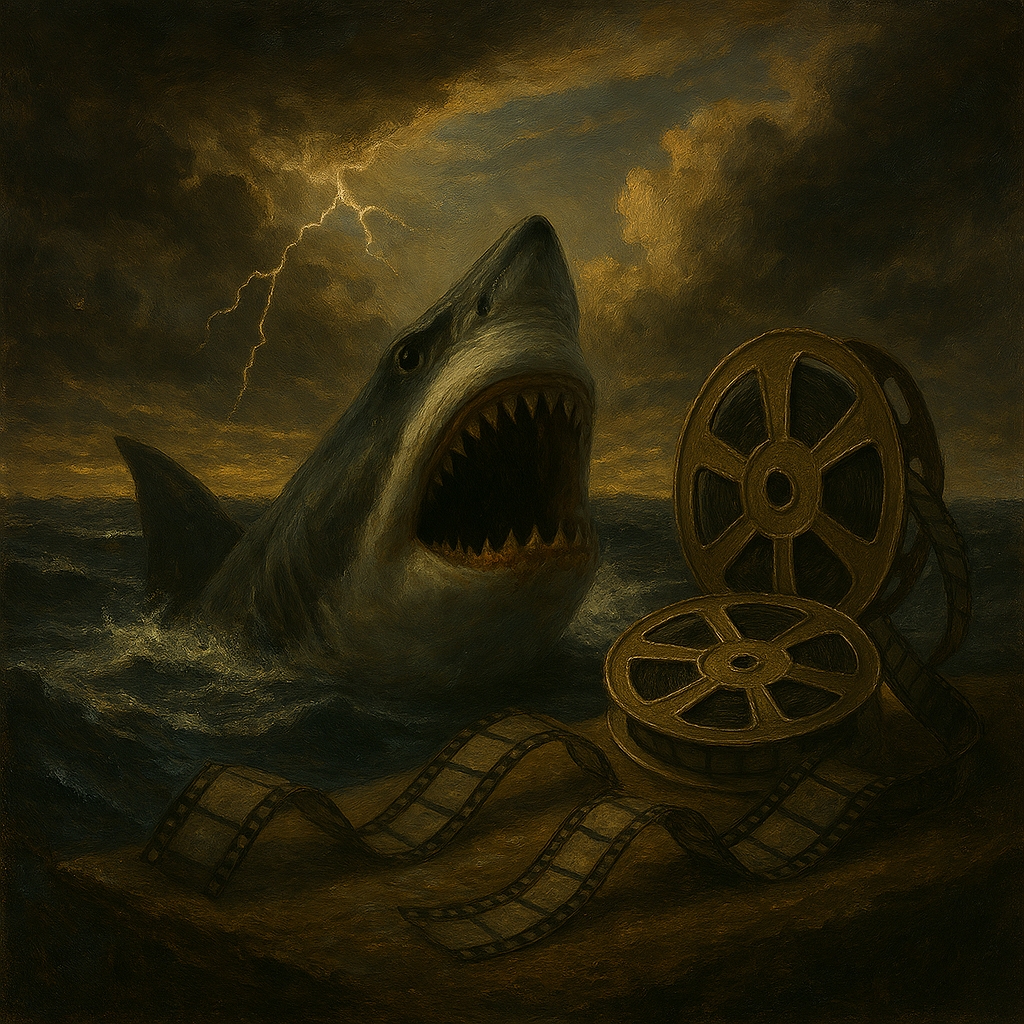
Sharks in the Crosshairs – The Ecological Fallout of Fiction
Following the release of JAWS, public perception of sharks shifted dramatically. Great whites, once mysterious apex predators, became cinematic monsters. This shift had real-world consequences—shark culling programs gained momentum. In Australia, Hawaii, and parts of the U.S., governments implemented lethal control measures. The rationale was public safety, but the science didn’t support it. Shark attacks are statistically rare—fewer than 100 unprovoked incidents occur globally each year. Fatalities are even rarer, often fewer than ten annually. Despite this, fear drove policy more than data. Media coverage amplified isolated incidents, reinforcing the myth. Sharks became scapegoats for broader anxieties about nature and control. Marine biologists began pushing back, emphasizing ecological importance. Sharks regulate fish populations and maintain reef health. Their decline disrupts entire ecosystems, triggering trophic cascades. Overfishing and habitat degradation pose greater threats than shark attacks. Conservation groups launched campaigns to reframe the narrative. Tagging programs, documentaries, and educational outreach gained traction. Benchley himself joined the movement, advocating for shark protection. The irony is stark—a film that entertained millions also endangered its subject. Today, shark conservation remains a global challenge, shaped by lingering fear. The legacy of JAWS demands not just reflection, but ecological repair.
The Myth of the Rogue Shark – Fiction vs. Biology
JAWS popularized the idea of a rogue shark—one that targets humans deliberately. In reality, sharks do not hunt humans as prey. Most bites are cases of mistaken identity—surfers resemble seals from below. Great whites, tiger sharks, and bull sharks are responsible for most incidents. But even these species rarely engage in repeat attacks. The rogue shark trope has no basis in marine biology. It’s a narrative device, not a scientific reality. Sharks are opportunistic feeders, not vengeful predators. They rely on electroreception and motion detection to locate prey. Human flesh is not nutritionally ideal for them. Many sharks bite once and retreat, realizing the mistake. The film’s portrayal created a false archetype—one that persists today. News reports often echo the rogue shark myth, despite evidence. This fuels fear and undermines conservation efforts. Scientists have spent decades debunking these misconceptions. Public education remains crucial to shifting the narrative. Understanding shark behavior is key to coexistence. The ocean is not a battlefield—it’s a biome. The rogue shark is a cinematic invention, not a biological truth. Recognizing that distinction is essential for progress.
The Beach as Battlefield – Reframing Leisure and Risk
Before JAWS, the beach symbolized escape, relaxation, and innocence. After the film, it became a site of lurking danger. Spielberg weaponized the shoreline—turning leisure into suspense. The opening scene, with Chrissie’s death, shattered the illusion of safety. It was a masterclass in tension—quiet, intimate, and brutal. Audiences began to associate open water with vulnerability. Beach attendance dropped in the years following the film’s release. Tourism boards scrambled to reassure the public. Lifeguard protocols were updated in some regions. Shark nets and patrols became more common, especially in Australia. The beach became a contested space—between pleasure and paranoia. This shift reflected broader cultural anxieties of the 1970s. Economic uncertainty, environmental degradation, and Cold War tensions loomed. JAWS externalized those fears into a single predator. The ocean became a metaphor for the unknown and uncontrollable. The beach, once a boundary between land and sea, became symbolic. It represented the edge of safety—the threshold of chaos. This reframing persists in modern thrillers and disaster films. The beach is no longer neutral—it’s narratively charged. And JAWS was the catalyst.
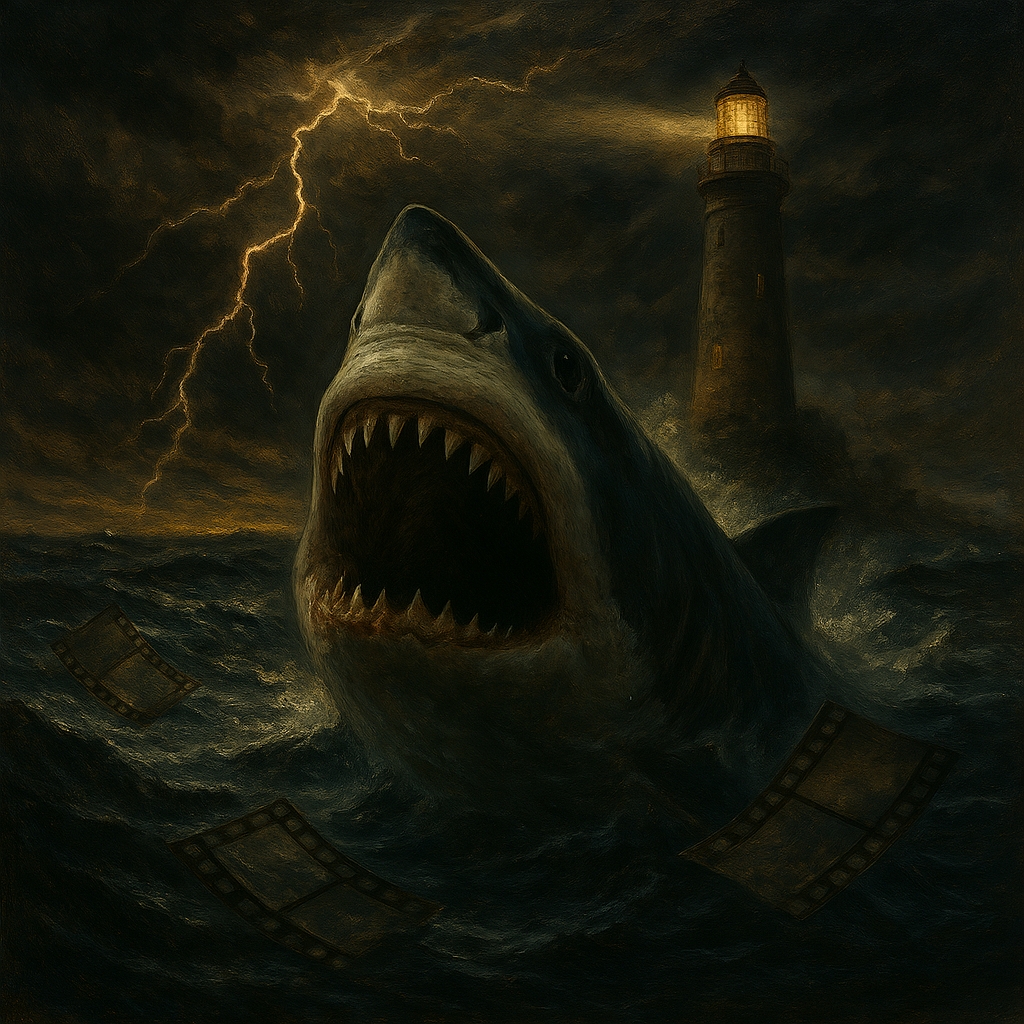
The Power of Suggestion – Spielberg’s Visual Strategy
Spielberg’s genius lay in what he didn’t show. The mechanical shark’s failures forced him to innovate. He used shadows, ripples, and reactions to imply danger. The camera often mimicked the shark’s point of view. This created intimacy with the predator—audiences became complicit. The absence of the shark heightened suspense. Viewers imagined more than they saw. This technique drew from Hitchcock’s philosophy of tension. The unknown is more terrifying than the known. Spielberg trusted the audience’s imagination. He used editing to control rhythm and release. The film’s pacing builds dread incrementally. Moments of silence are punctuated by sudden violence. The use of underwater shots created claustrophobia. Spielberg’s restraint became a hallmark of effective horror. It influenced directors like Ridley Scott, James Cameron, and Jordan Peele. The visual language of JAWS became foundational. It proved that limitations can breed creativity. The shark’s absence was its greatest presence. And Spielberg’s strategy remains a masterclass in cinematic suggestion.
The Trio on the Orca – Character as Compass
Brody, Hooper, and Quint form the film’s emotional core. Each represents a different response to fear and control. Brody is the outsider—afraid of water, driven by duty. Hooper is the scientist—curious, rational, and privileged. Quint is the hunter—traumatized, obsessive, and mythic. Their dynamic reflects societal tensions. Brody’s fear is personal—he wants to protect his family. Hooper’s fear is intellectual—he seeks understanding. Quint’s fear is historical—rooted in the USS Indianapolis tragedy. Their journey aboard the Orca is symbolic. It’s a descent into the unknown—both literal and psychological. The boat becomes a crucible for transformation. Each man confronts his limits and beliefs. Their interactions are layered with humor, conflict, and revelation. The Indianapolis monologue is a turning point—raw and haunting. It grounds the film in real-world horror. The trio’s arc mirrors the audience’s emotional trajectory. From fear to confrontation to catharsis. Their deaths and survival are narratively earned. The Orca isn’t just a vessel—it’s a stage for human drama.
The USS Indianapolis – Trauma Beneath the Surface
Quint’s monologue about the USS Indianapolis is one of cinema’s most haunting scenes. Delivered in near darkness aboard the Orca, it reframes the shark not just as predator, but as consequence. The Indianapolis was a real WWII naval disaster—torpedoed after delivering parts for the atomic bomb. Hundreds of sailors were stranded in shark-infested waters for days. Many died in this incident for many reasons like from exposure, dehydration, and shark attacks. Quint’s trauma is rooted in this history—his obsession is personal. The monologue was co-written by Robert Shaw, who played Quint. It was largely improvised and filmed in a single take. Spielberg allowed the scene to breathe—no music, no cuts. It grounds the film in real-world horror, elevating its emotional stakes. The story adds depth to Quint’s character, making him more than a caricature. It also connects the shark to wartime trauma and survivor’s guilt. The ocean becomes a graveyard, not just a hunting ground. The scene is a pivot point—from adventure to reckoning. It reminds viewers that fear often has roots in memory. The Indianapolis story has since gained renewed attention. Historians and veterans have praised its inclusion in the film. It’s a rare moment where fiction honors fact with reverence. Quint’s pain becomes the audience’s pain. And the shark becomes a symbol of unresolved history.
JAWS and the American Psyche – Fear, Control, and the 1970s
The 1970s were a decade of cultural anxiety in the United States. Vietnam, Watergate, and economic instability eroded public trust. JAWS emerged into this atmosphere and gave shape to diffuse fears. The shark became a metaphor for uncontrollable forces. Amity Island represented the illusion of safety and order. Brody’s struggle mirrored the tension between authority and helplessness. The mayor’s denial echoed political inaction and image management. Hooper’s science clashed with Quint’s instinct—logic versus legacy. The film dramatized the conflict between knowledge and myth. It also reflected class tensions—Hooper’s wealth versus Quint’s grit. The ocean symbolized the unknown, the unconscious, the uncontrollable. The shark was nature’s revenge, capitalism’s blind spot, and trauma’s avatar. Audiences projected their own fears onto the narrative. The film became a cathartic experience—terror with resolution. It offered a villain that could be defeated, unlike real-world problems. The explosion at the end was symbolic—a reclaiming of control. But the fear lingered, unresolved. JAWS didn’t just entertain—it diagnosed a cultural mood. It gave Americans a monster they could name. And it became a mirror for the decade’s unease.
The Evolution of Shark Cinema – From Terror to Truth
After JAWS, shark films multiplied rapidly. Most followed the same formula—isolated setting, relentless predator, escalating body count. Films like Deep Blue Sea, The Meg, and Sharknado leaned into spectacle. Few attempted the psychological depth of Spielberg’s original. The shark became a genre trope—often divorced from biology. But alongside fiction, documentaries began to rise. Blue Planet, Sharkwater, and Great White Serial Killer offered counter-narratives. They emphasized shark intelligence, social behavior, and ecological importance. Marine biologists became public figures—like Dr. Sylvia Earle and Dr. Chris Lowe. Tagging programs revealed migratory patterns and feeding habits. Sharks were shown to avoid humans when possible. The rogue killer myth began to erode, slowly. Conservation messaging entered mainstream media. Shark Week, launched in 1988, became a cultural event. Though sometimes sensationalized, it raised awareness. Filmmakers began blending fact and fiction more responsibly. The genre matured, even as campy entries persisted. JAWS remains the blueprint—but the conversation has evolved. Today’s shark cinema is more nuanced, more ethical, more informed. And the shift reflects a broader cultural reckoning.

JAWS and the Ethics of Storytelling – Responsibility in Representation
Storytelling shapes perception—and perception shapes reality. JAWS created a powerful narrative, but it also misled. The film’s impact on shark populations is well-documented. Benchley’s regret underscores the ethical weight of fiction. Filmmakers today face similar dilemmas—how to entertain without distorting. The line between drama and propaganda is thin. Audiences often absorb fiction as fact, especially when fear is involved. The responsibility lies not just with creators, but with consumers. Critical literacy is essential—asking what stories do, not just what they say. JAWS teaches us that myths have consequences. It also shows that narratives can evolve. Benchley’s shift from novelist to activist is a model. It proves that creators can learn, adapt, and repair. Ethical storytelling doesn’t mean avoiding fear—it means contextualizing it. It means balancing thrill with truth. It means recognizing the power of symbols. The shark is more than a creature—it’s a construct. And constructs must be handled with care. JAWS was a masterpiece—but it was also a lesson. One we’re still learning.
JAWS at 50 – A Cultural Artifact in Motion
Half a century later, JAWS remains relevant. It’s studied in film schools, referenced in pop culture, and revisited by critics. Its influence spans genres—thriller, horror, adventure, even comedy. Its score is instantly recognizable across generations. Its structure is taught as a model of suspense. Its characters are archetypes—still echoed in modern storytelling. The film has aged, but its impact hasn’t faded. New restorations and retrospectives keep it alive. Its anniversary is more than nostalgia—it’s reflection. It invites us to reexamine what we fear, and why. It challenges us to separate myth from reality. It reminds us that stories shape ecosystems. It asks us to consider the cost of entertainment. It offers a chance to recalibrate our relationship with nature. It proves that cinema can be both art and artifact. It shows that legacy is layered—technical, emotional, ecological. It’s not just a film—it’s a phenomenon. And its ripple effect continues. JAWS at 50 isn’t just a milestone—it’s a mirror. One we must look into, deeply.
Conclusion – The Shark Still Swims
JAWS changed cinema, culture, and conservation. It redefined how films are released, marketed, and remembered. It embedded fear into the public psyche. It sparked ecological consequences that still unfold. It inspired generations of filmmakers and scientists. It created myths—and later helped dismantle them. Its legacy is complex, contradictory, and compelling. It reminds us that stories have power—and responsibility. The shark became a symbol of terror, then a symbol of truth. The ocean became a metaphor for both chaos and connection. Spielberg’s restraint became a lesson in creative adaptation. Benchley’s evolution became a model of ethical growth. The film’s 50th anniversary is a chance to reflect and recalibrate. To honor its artistry while confronting its impact. To celebrate its innovation while repairing its consequences. To move from fear to understanding. To protect what was once vilified. To tell better stories—deeper, truer, more responsible. The shark still swims—but so does our conscience. And the cycle continues—fin by fin.
Join the Discussion
What does JAWS mean to you today – has your perception of sharks evolved – how can storytelling shape ecological futures?
JAWS50 #SharkLegacy #CinemaAndConscience #FearAndFact #SymbolicStorytelling #OceanTruths #BenchleyShift #SpielbergCraft #CulturalRecursion #EcoCinema #SharkEthics #NarrativePower #FilmHistory #JAWSImpact #LivingArchive
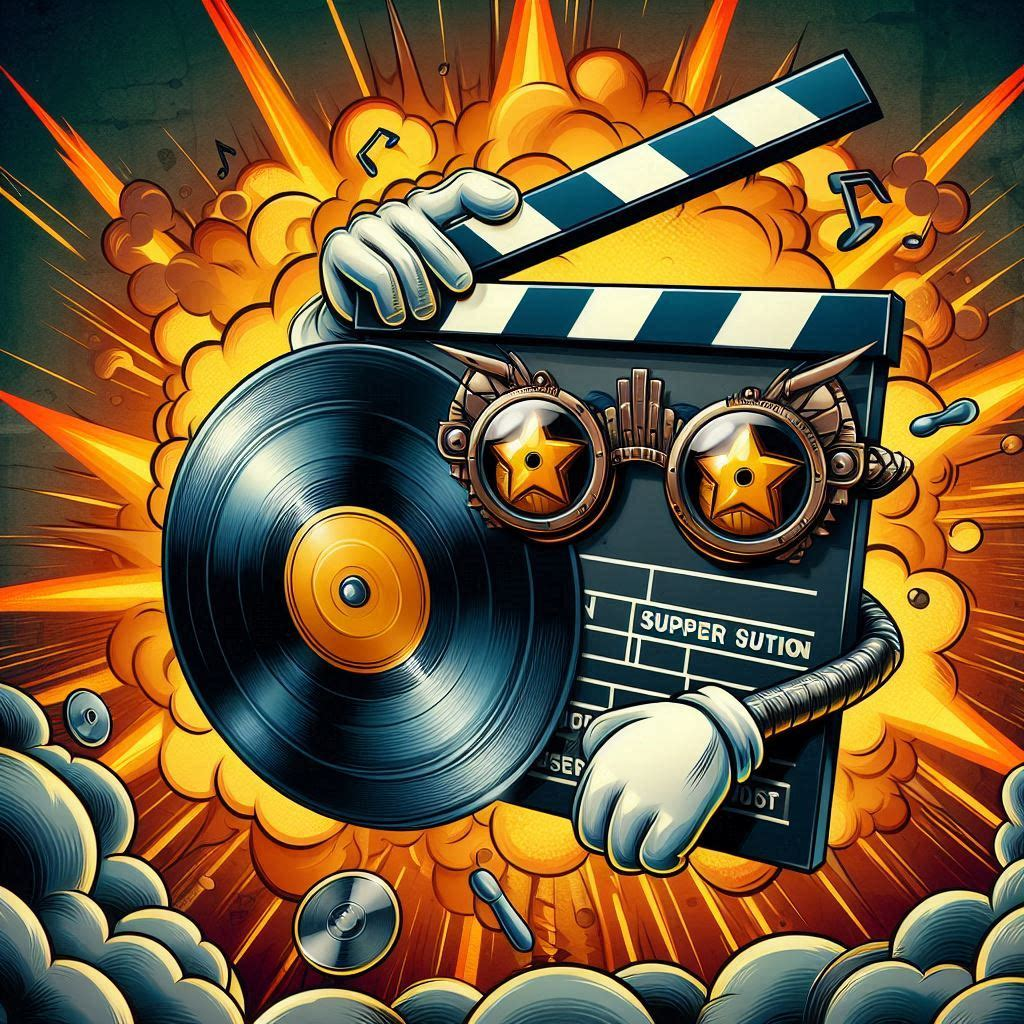
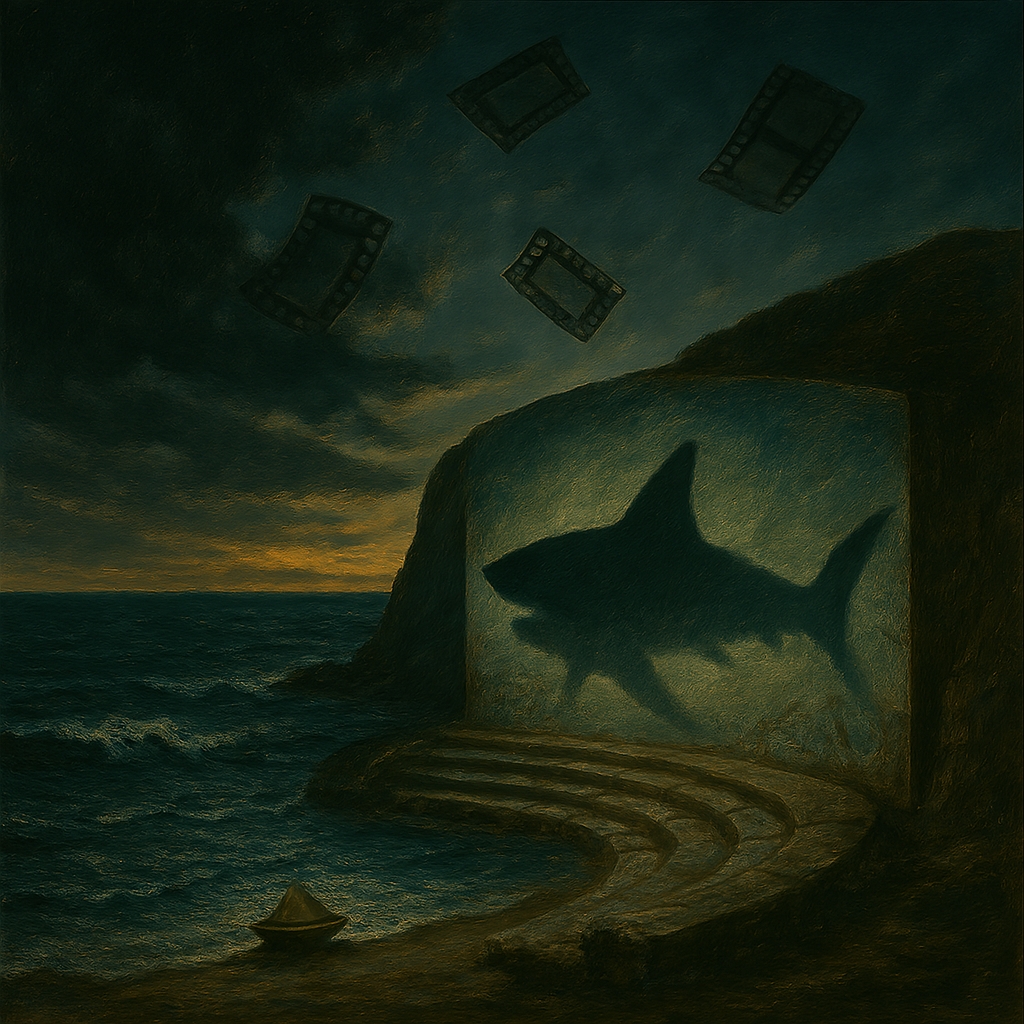



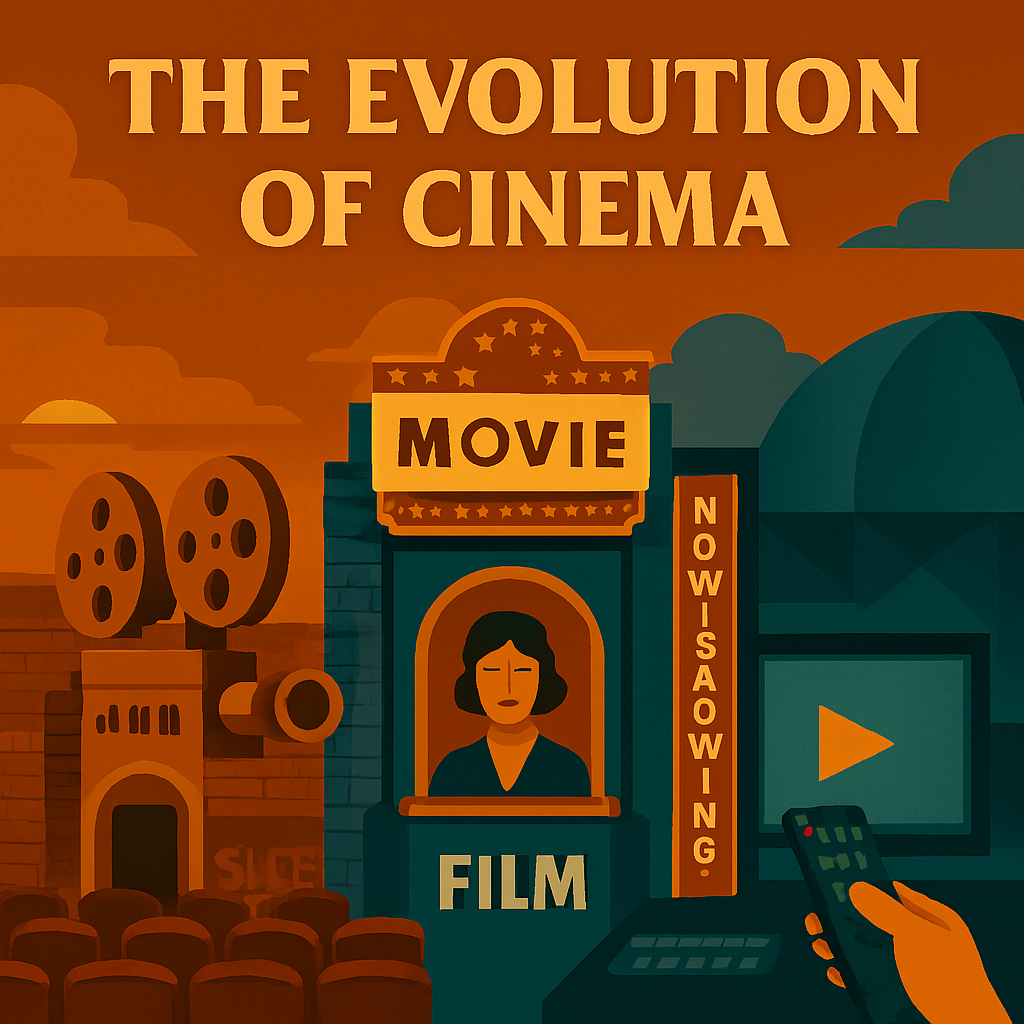







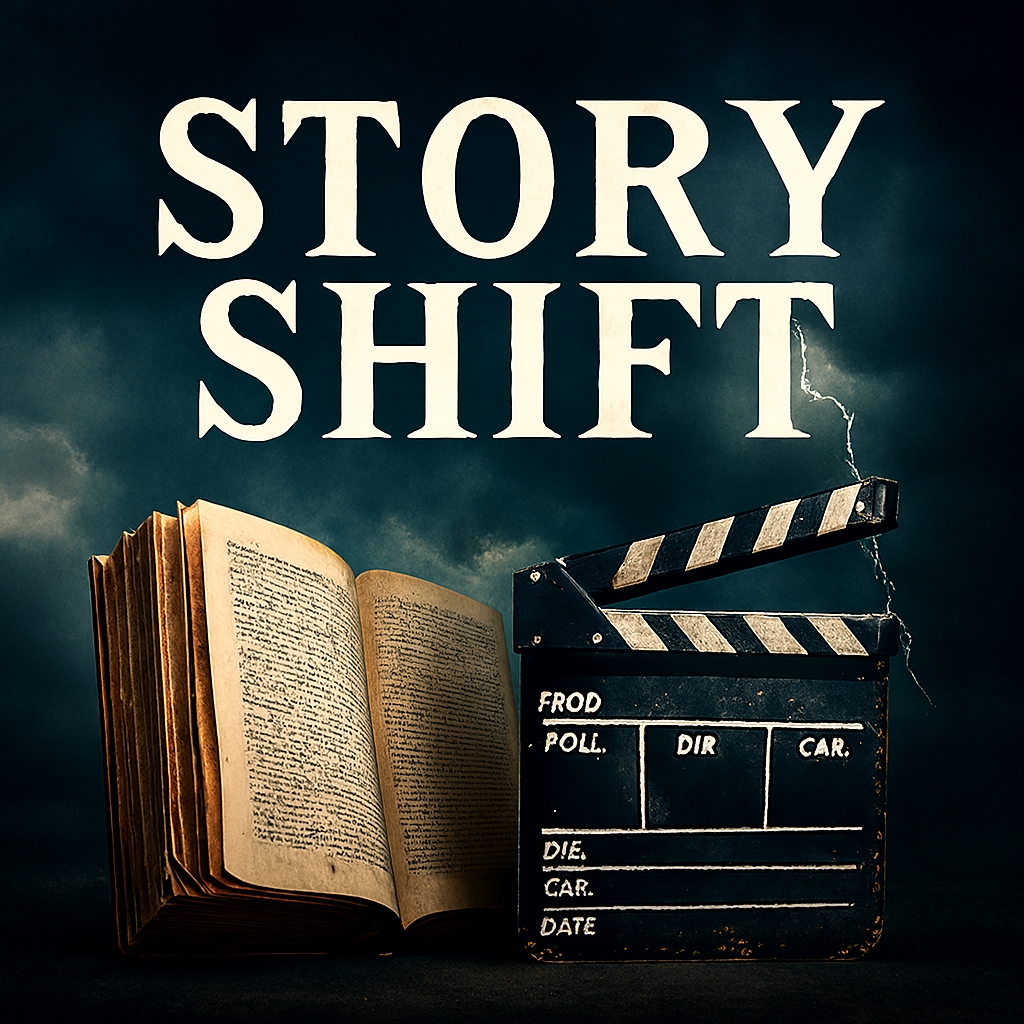


The Psychology Jaws at Magical 50 Years Of Storytelling
[…] Jaws is no longer just a movie – it’s a ritual. Families pass it down like folklore. Summer screenings become tradition. The shark becomes a rite of passage – a symbol of cinematic initiation. This is how myth forms – repetition, resonance, and emotional imprint. Jaws entered the cultural bloodstream – not through marketing, but memory. People remember where they saw it. How they felt. What they feared. These memories become shared language. The film becomes a reference point – for fear, for storytelling, for ocean imagery. Jaws is quoted, parodied, and studied – but also felt. It lives in dreams, jokes, and metaphors. The shark becomes shorthand – for danger, for depth, for the unknown. This is mythic recursion – a story that loops through generations. Jaws shaped not just viewers, but viewership. It taught people how to watch – how to anticipate, how to react. The film’s structure became a template – for suspense, for pacing, for emotional rhythm. Its legacy is ritualistic – embedded in behavior and belief. Jaws is now part of cultural DNA – a myth we revisit, retell, and reframe. […]